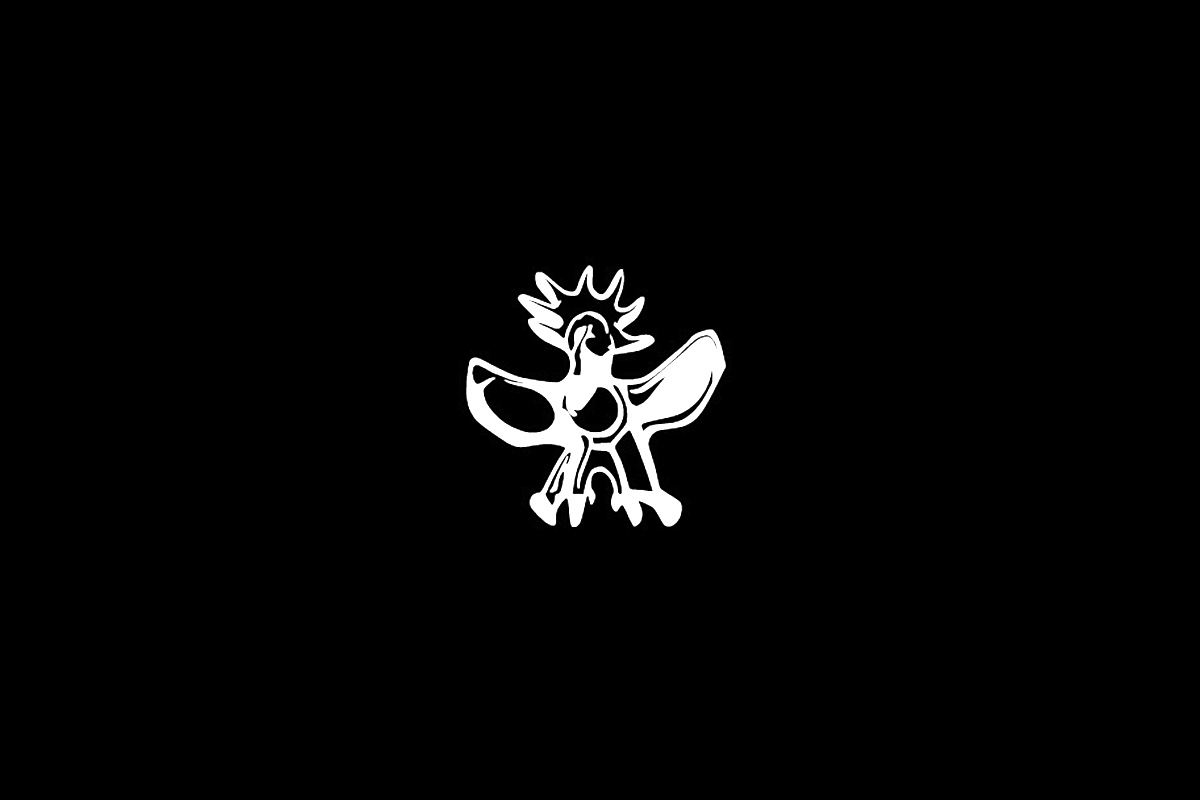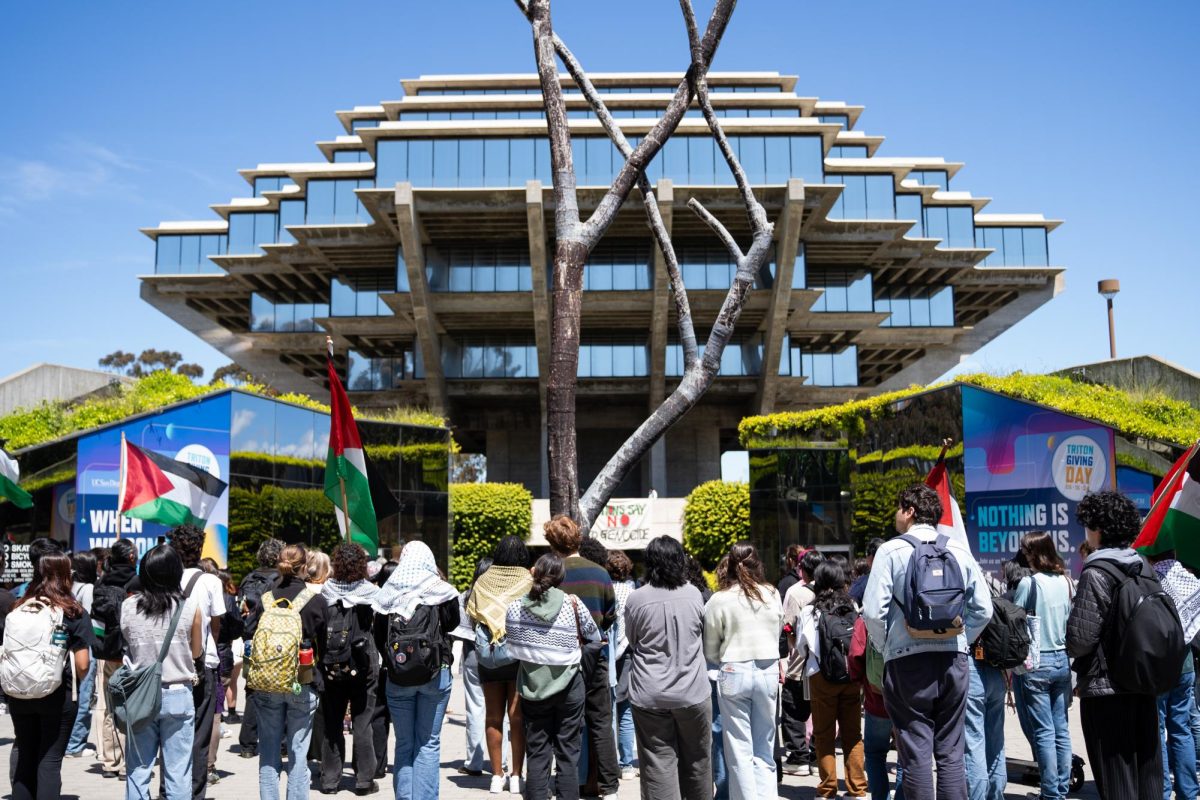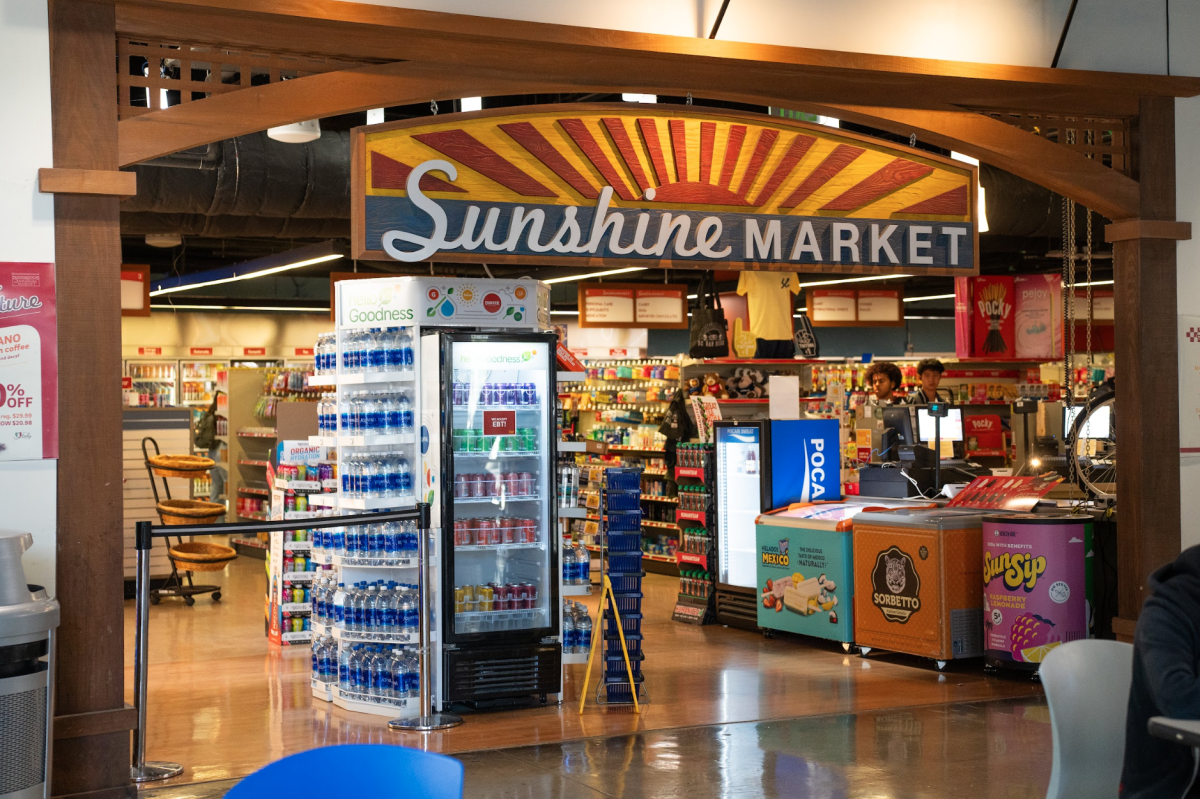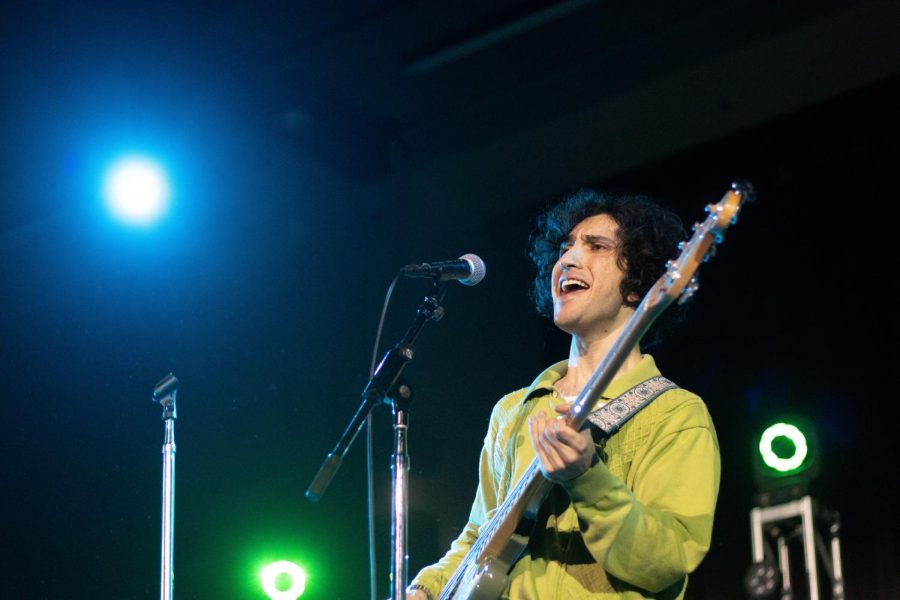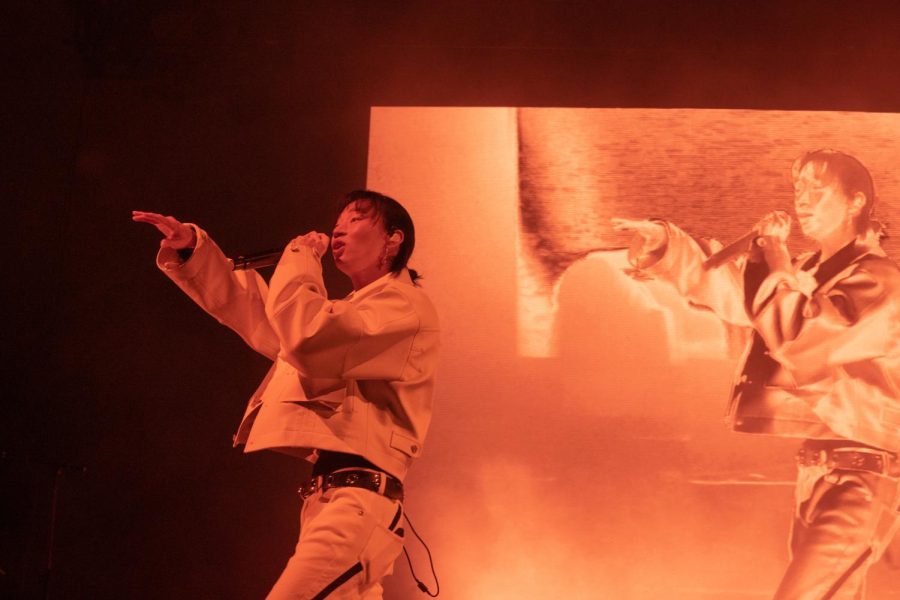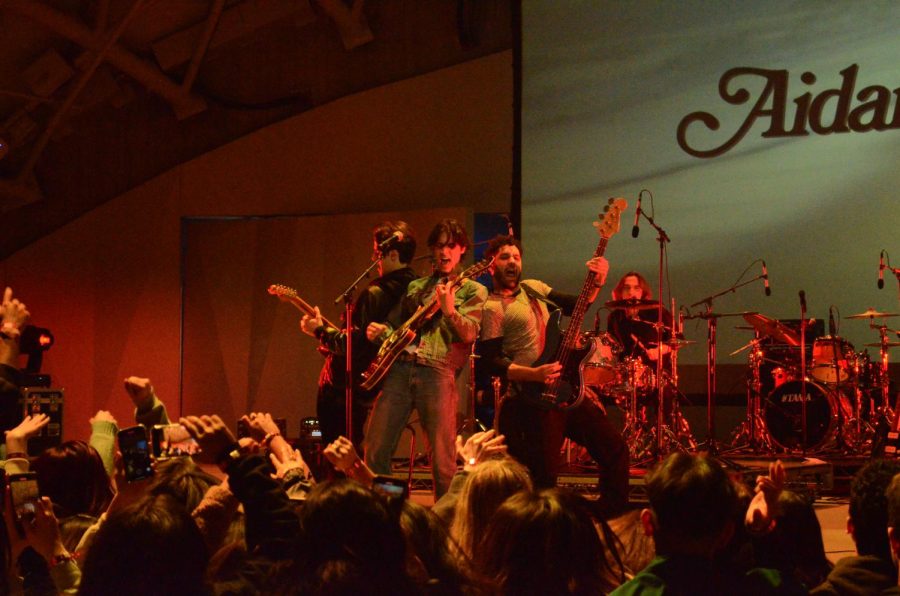The political realist will be skeptical of supporting a candidate as fresh-faced as Michael Hirshman: The transfer student’s familiarity with UCSD student government is limited and, as an independent candidate, his slate base is nonexistent. But his honest fervor and tact are amicably reminiscent of current A.S. President Harry Khanna, whose politicking this year has won our student body the beginnings of institutional control. Hirshman’s understanding of the campus’s political pulse – which is surprisingly nuanced despite his short on-campus career – is as expansive as is his appeal to the average student. These qualities make Hirshman the best candidate to continue the onset of student power, while his sharp perception will further construct the foundation from which that power may grow.
In most important respects, all of the candidates (with the exception of Junaid “”Free Beer!”” Fatehi) have similar policy goals: improved student life, better relationships between Associated Students and student organizations, more effective lobbying – so this board is left to evaluate the candidates’ leadership potential.
With a new constitution and the looming retirement of Vice Chancellor of Student Affairs Joseph W. Watson, this isi a critical opportunity for UCSD’s student government to consolidate control over the facilities and services that students fund. The A.S. Council must present a united front and work together effectively to capitalize on the opportunities next year will bring.
Though slate candidates Dan Palay (SHOCK!) and Marco Murillo (Student Voice!) have both vowed to erode the polarizing frame of reference that pits athletic interests against those of the Student Affirmative Action Committee, the back-and-forth bickering between the two candidates at the April 6 presidential debate demonstrates that such tensions will likely remain a part of UCSD politics. It was Hirshman who came out of the debate smelling like roses, avoiding personal attacks as he steadily stuck to his core platform, drawing applause from SHOCK! and Student Voice! members alike – as well as scattered clapping from passersby.
Hirshman’s candidacy is a unique opportunity to include these outside voices in student government when it matters most. His status as an independent will allow him to become a consensus-builder who can preside over a council built of members of these competing groups, without giving one side direct power over the other.
Hirshman has also used his campaign to present the type of initiative and follow-through that a capable leader must demonstrate. Though Palay certainly takes the cake when it comes to sheer numbers of administrative contacts, Hirshman has taken advantage of his on-campus participation, including the Undergraduate Student Experience and Satisfaction steering committee, to develop personal relationships with administrators of his own initiative. He also founded the Triton, a twice-quarterly opinion publication, giving him a unique worm’s-eye view of the A.S. bureaucracy. Tackling a presidential run without the support of an organized slate also speaks to Hirshman’s gumption, and presents a refreshing alternative to a historical run of candidates who, while qualified, are products of the campus political machine.
Hirshman’s greatest strength, however, is his ability to engage and represent the average student. Palay has said repeatedly that a good president represents the students who did not vote for the winning candidate, not simply the students who did. Indeed, the lack of a cohesive campus community is not due to a failure to engage athletes, Greeks or members of SAAC, but a failure to engage students who are not members of these groups. And Hirshman, who is counting on votes that he himself has earned through pressing the flesh with individual students (rather than relying on votes from an organized slate), has firsthand experience with exactly that kind of engagement.
Independent candidate Junaid Fatehi’s unconventional approach to improving that rapport, by backing on-campus alcohol consumption, has proved wildly popular. However, the proliferation of alcohol remains Fatehi’s only ambition, and his off-color attitude toward campus politics – while often bitingly accurate – will most likely serve to divide the student body, leaving him on the fringes of a council that is often hostile to contrarians.
Murillo has done an incredible job building a qualified slate, and his dedication to student control should be an important part of A.S. policy. The benefits of the Student Promoted Access Center for Education and Service program will be a boon to UCSD, but the program will move forward regardless of who is in the driver’s seat. Murillo’s bent on improving UCSD’s lobbying ability would stretch A.S. resources beyond what they are meant to accomplish. Additionally, his focus on outreach and diversity would prove valuable for a vice president of diversity affairs, but these programs would do little for the average UCSD student.
While Palay’s experience and administrative connections can’t be doubted, his overreliance on athletics to solve the university’s social woes would undoubtedly lead to friction. True, Division I athletic programs have done wonders for the national visibility of schools like UC Berkeley, UCLA and USC, but top-notch universities like MIT, Cal Tech and Johns Hopkins University all have national recognition despite having only Division III sports programs. Palay’s plans for revitalizing the campus center – which include expanding hours for an eatery and at Geisel Library – would make the Price Center area the 24-hour campus hub that it ought to be.
All of the presidential candidates show a genuine passion for making UCSD the best school it can be, a critical quality in the upcoming transitional year where so much is at stake. Hirshman’s ability to catch the ear of a surprising range of students, combined with his personal initiative, make him the best candidate for A.S. president.


